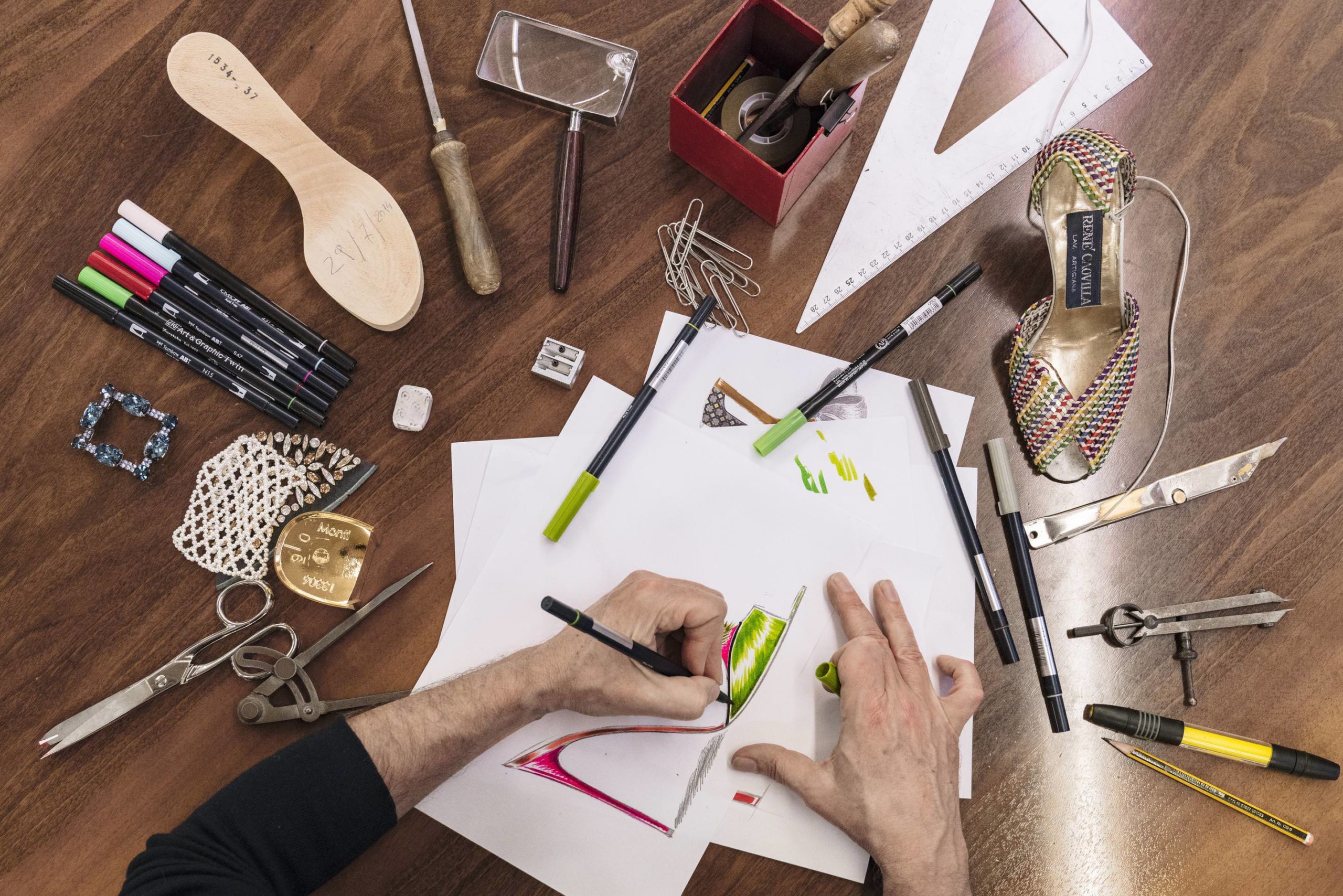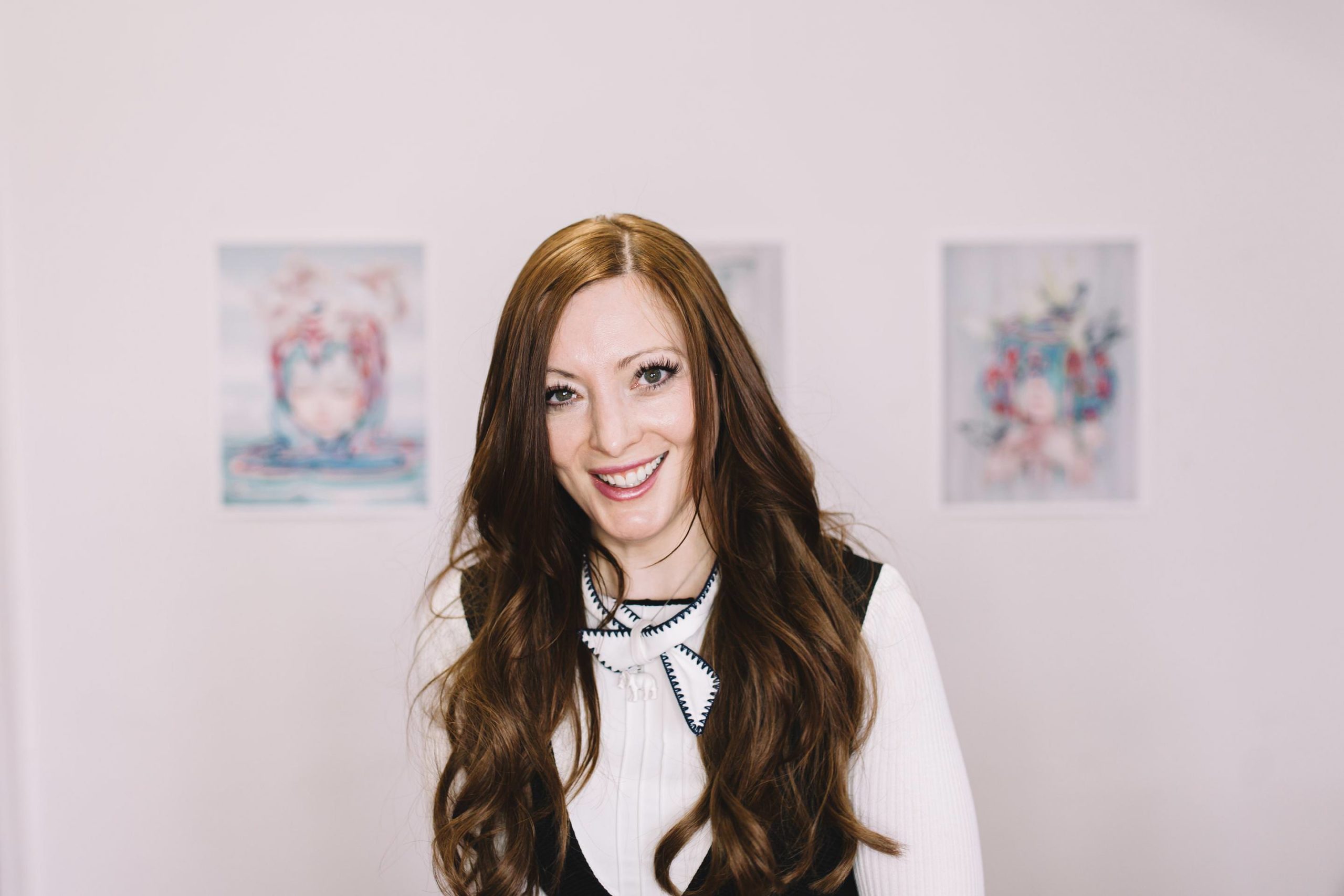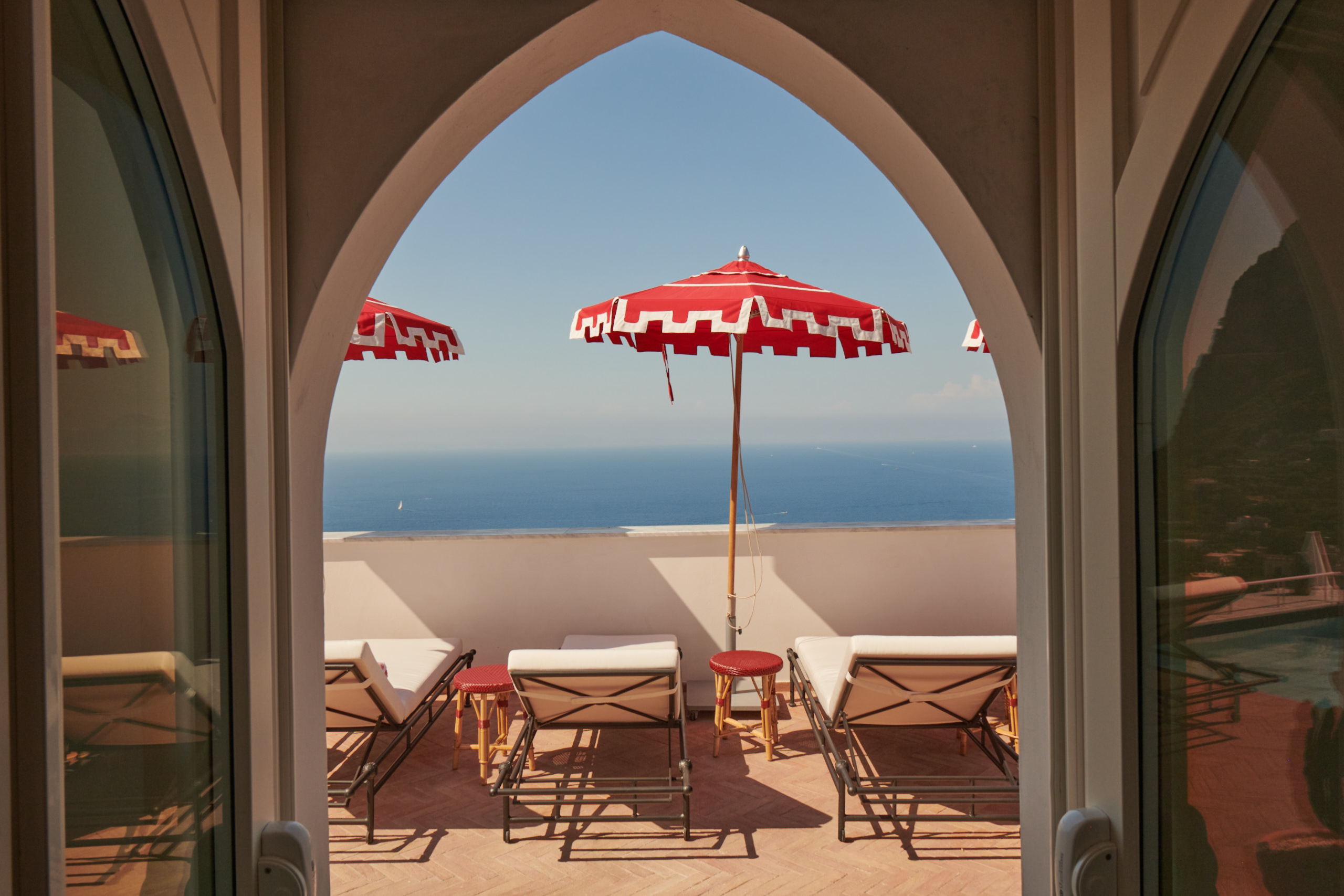Photographer Massimo Vitali has made a name for himself creating vast seaside panoramas. Packed like sardines, his fellow Italians perch on Sicilian cliff tops, sunbathe beneath beach-side high-rises and nestle within Neapolitan rock formations. Working with large format cameras, Vitali began to observe his unguarded subjects back in 1995 and has subsequently created a near 20-year sociological study on how we interact with both each other and our natural surroundings.
We caught up with the Italian photographer to find out more on how he achieves his signature birds-eye shot, the evolution of his work, and how he may be the only film photographer not giving Kodak enough business.
WW: You made the transition to large format cameras in the early ’90s, why?
MV: It’s going to sound stupid, but I had a number of cameras, and once when I was having lunch during a job in Milan, someone stole my 4×5 cameras. I was left with an 8×10. It was like a sign from God, saying I have to use it. I’d never used an 8×10 before, so I had to teach myself.
WW: Was it a long process?
MV: A few months. The problem is a lot of people can talk about cameras, but are very bad photographers. If you are a good photographer, then you have the right to talk about cameras. Different cameras give different results. It’s like a painter; if you use a fine brush of a certain type, then you get a certain result. Since photography has been sucked into contemporary art, we now have to think about what you can and can’t do with the means you have.
It wasn’t until [Thomas] Ruff, and his large 8×10 portraits of very normal people, that contemporary art caught on to large format and photography became something large-scale that you could hang on your wall. That size needs a sharpness that nobody had ever thought about before and I’ve been working technically to achieve this sharpness.
WW: What is your shooting process like?
MV: I have a little van, a bunch of stuff, two or three assistants, and we all get up really early in the morning. I arrive at the place I plan to photograph and know what I want to do before I do it. I don’t fish. I don’t discover things. I always say that the problem with American photography is that it’s too much about discovery.
WW: Everything is to chance?
MV: Yes. They have a big country, so they have to explore it. Italy is really little, so everything was discovered centuries ago!
So, I get to the right place and wait for a few hours. Nobody notices me because I’m high up. I’m not too obvious. No, actually, I’m very obvious. I’m so obvious that nobody cares about me. I wait there, have a couple of sandwiches, take a swim from time to time, and then I take a few pictures. I take very few pictures.
In the last 17 years I’ve shot 4,600 negatives. I never do more than 10 negatives in a day. I’m not doing any good for Kodak. I’m one of the guys who put them out of business!
WW: You mentioned that people don’t really pay attention to you. Do you think that if you were more noticeable your images would tell a different story?
MV: Once I took a little camera and just walked between people taking snapshots and they were really resentful. They kind of look at you and say, “What are you doing?” So, I totally stopped that project. When you photograph everybody, 2,000 people or whatever, nobody notices you. When people find themselves in a picture they’re really happy. When that happens I give them a little print.
I think they’re happy because my photography is not controversial. You have hundreds of types of beaches: nude beaches, beaches where real thugs go. But I think that there is enough to be told on a normal beach. There’s not an implication in what I do. I want to tell the little stories that are part of our daily life.
WW: Would you say that you’re more interested in the human aspect of it as opposed to the way people are in the natural landscape?
MV: Yeah, I’m totally for the sociological, anthropological part of my photography. I also think there is plenty of voyeurism even on a very normal beach. I lose myself looking at people for hours. It’s sort of hypnotic. People ask me why I shot a picture at that very moment, did something happen? Yeah something happened but it’s within. It’s between me and them.
WW: In the pool series you have the same social environment as a beach, but you’ve used a constructed landscape. What made you shift to that new landscape?
MV: At the beginning, I had a problem because I wanted to take pictures on the beach during the winter. Either I had to go to the Caribbean where the beaches are really boring or I’d have to go to an enclosed area where people would behave like they are on the beach. That was good, as I had my own lights and flashes. The pools are more focused on the bodies and the water, less about surroundings.
WW: The beaches that you photograph are becoming less populated than they were 18 years ago. Given that, where do you see the series developing?
MV: My work is changing all the time. At one point I went from more urban backgrounds to more natural backgrounds, while at certain points I was more focused on people and less on backgrounds.
If you look at a renaissance painting it is filled with people but there’s very little landscape. Normally, you have the man who commissioned the painting on the lower right, then you have the saints, the popes, and above you have the angels and God. There’s very little of that in photography, normally, 70% of the shot is either foreground or sky. I really resented that because it’s super boring. When people buy photographs they want to have meat, they don’t want to have the sky or a piece of sand. So I started upwards and would tilt my camera a bit so, let’s say, three quarters of the frame was with people. I wanted to pack the frame with people.
Then I started looking at that moment in art history where larger landscapes had an overwhelming beauty, where people were smaller and the landscape, nature, became more important.
I’m changing drastically though. It’s going to be totally different. I’m halfway through so I don’t know if I can say what I’m going to do.
WW: Do you think your photographs provide an insight into current times? Do you think they do so in a positive way?
MV: Yes, actually they do. They’re very matter of fact, not judgmental. I think that more and more of history is about the life of the people. It’s about when you get up in the morning, eat breakfast, take your car, and put your kids in. It’s what kind of umbrella you take to the beach, what kind of clothes you wear, and what kind of tattoos you are prepared to let be seen. History is about us, and the way we live.
WW: Is there anything you can tell us about the projects you have planned for this year?
MV: I’ve come to the conclusion that my pictures are a bit too nice. I think that I try to make my pictures readable on different levels, but people somehow look at them superficially.
I always thought it was very clear what I wanted to say. It’s not only about white sand, blue waters, sun, and nice tits. That’s got nothing to do with my photographs. So my next project is to make it much more evident that there is a reality, and under that reality there is another. Each image will probably be a diptych; one could be a beach or a sublime, together with an appropriated image taken from the Internet with a caption.
Massimo Vitali was born in Como, Italy in 1944. After studying Photography at the London College of Printing, he began work as a photojournalist, collaborating with numerous magazines and agencies across Europe. In the early 1980s Vitali worked as a cinematographer for television and cinema. However, his relationship with the camera never ceased and he eventually turned his attention back to photography, this time as a practicing artist. In 1995 he started the Beach series, which he continues working on to this day. His photography has been commissioned by leading publications including The New York Times, Condé Nast Traveller, and Vanity Fair. He lives and works in Lucca, Italy, and Berlin, Germany.










